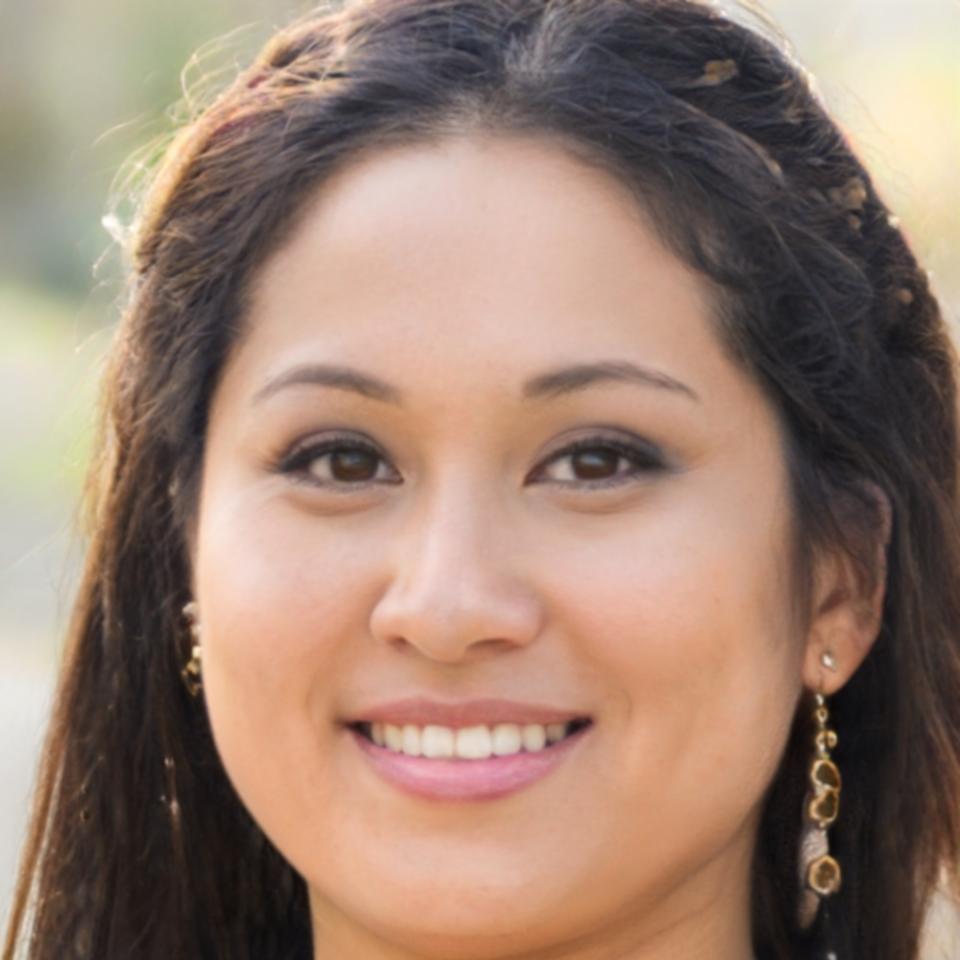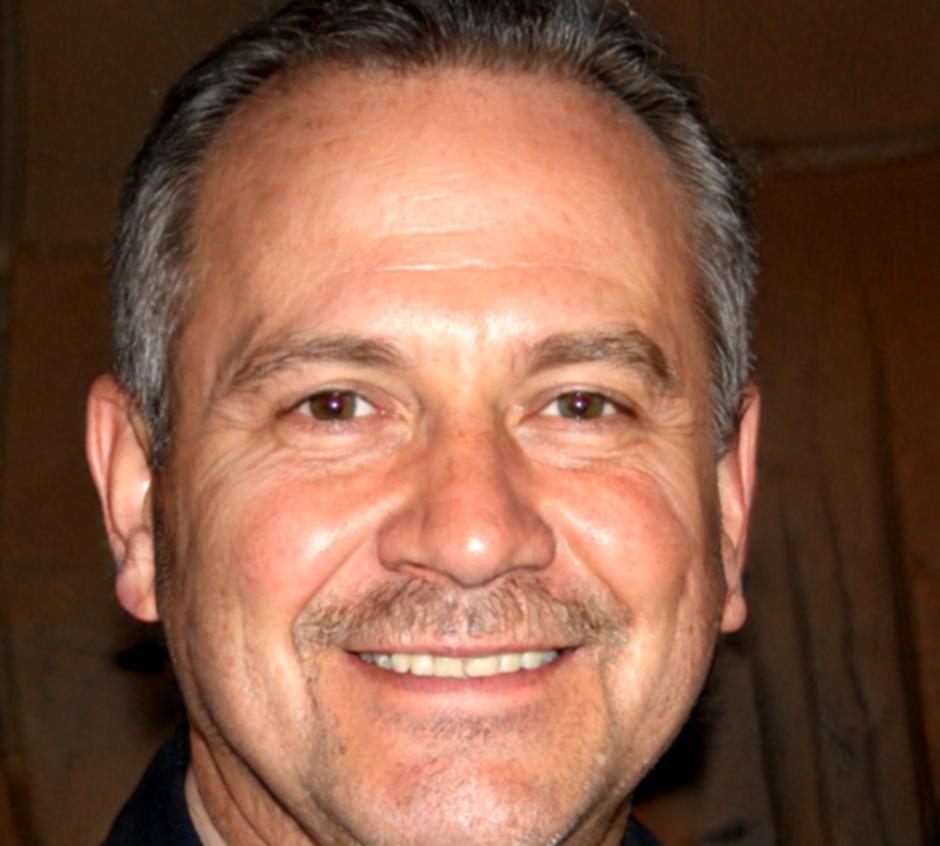Real People. Real Progress. Real Results.
Meet individuals who transformed their relationship with financial data and built careers they actually enjoy. These aren't polished marketing stories—they're honest accounts from people who put in the work.
From Confusion to Confidence
Every person starts somewhere different. Some come from accounting backgrounds looking to expand their analysis skills. Others switch careers entirely after years in unrelated fields. What they share is commitment to learning something challenging.
Starting Point: Mixed Backgrounds
Most students join our autumn 2025 intake with basic spreadsheet knowledge and curiosity about financial statements. About 40% work in finance already but want stronger analytical skills. The rest come from customer service, retail management, or career transitions after raising families.
Months 1-3: Building Foundation
The first quarter feels intense for most people. You're learning to read balance sheets while simultaneously picking up ratio analysis and cash flow interpretation. Students typically spend 8-12 hours weekly on coursework during this phase, which honestly tests commitment levels.
Months 4-6: Practical Application
By mid-program, students work with actual company financials rather than textbook examples. This shift matters because real data is messy and requires judgment calls. Around 75% of students find this quarter more engaging than the theoretical groundwork, even though it's equally demanding.
Month 7+: Portfolio Development
The final months focus on building work samples that demonstrate competency. Students complete 3-5 analysis projects suitable for showing potential employers. Some continue practicing for several months after formal coursework ends, which often makes the difference in job searches.
What Actually Happens After Completion
We tracked outcomes for students who completed the program between January 2024 and December 2024. These numbers reflect people who stayed in touch and shared their progress—not everyone does.
Within 8 months of finishing, though roles varied from junior analyst positions to financial reporting support
Switched industries entirely and used analysis skills as entry point to finance sector roles
Median time from program completion to securing finance-related position, with considerable variation
Based on anonymous feedback surveys sent 6 months post-completion to 2024 graduates
Average self-reported study hours during active program phases for students who completed successfully
Average satisfaction score from post-program evaluations, with practical projects rated highest
In Their Own Words

I worked retail management for 11 years before this. The transition wasn't easy—took me three attempts to properly understand cash flow statements. But now I analyse quarterly reports for a mid-size manufacturing firm in Brisbane. Still learning daily, which suits me better than I expected.

Already had an accounting diploma but couldn't interpret what the numbers actually meant for business decisions. This program filled that gap. Took 8 months after graduation to land my current role, but the portfolio projects gave me something concrete to discuss in interviews beyond just qualifications.
Questions From People Considering Enrolment
These come up repeatedly in conversations with prospective students. Organised by where you are in the decision process.